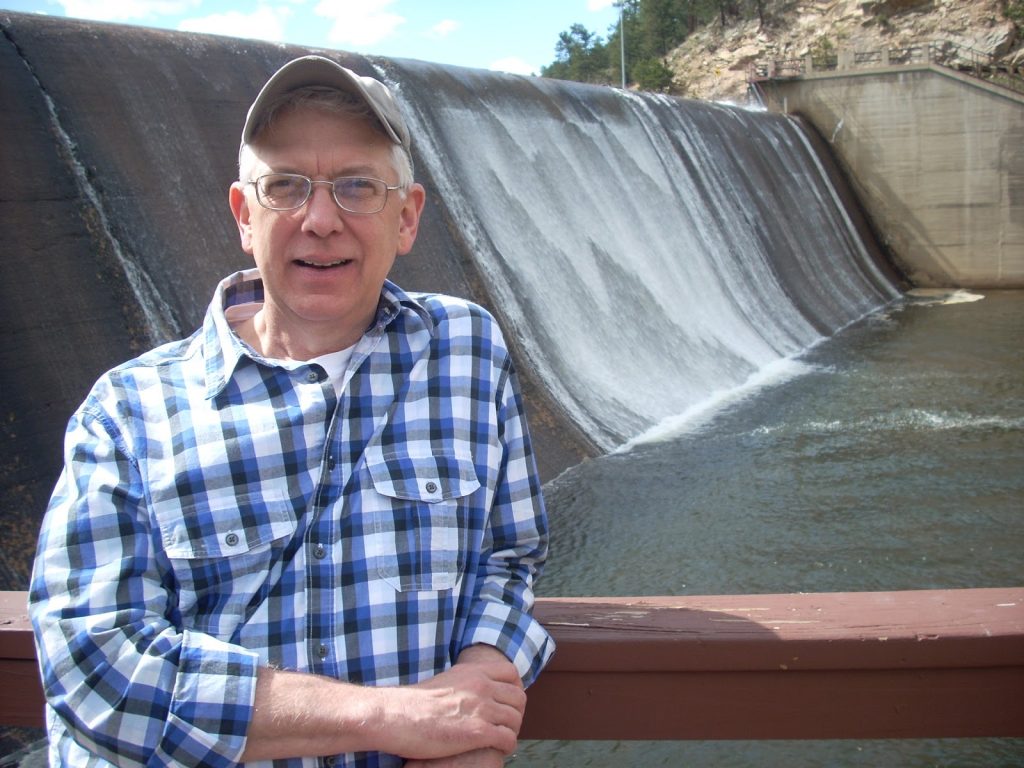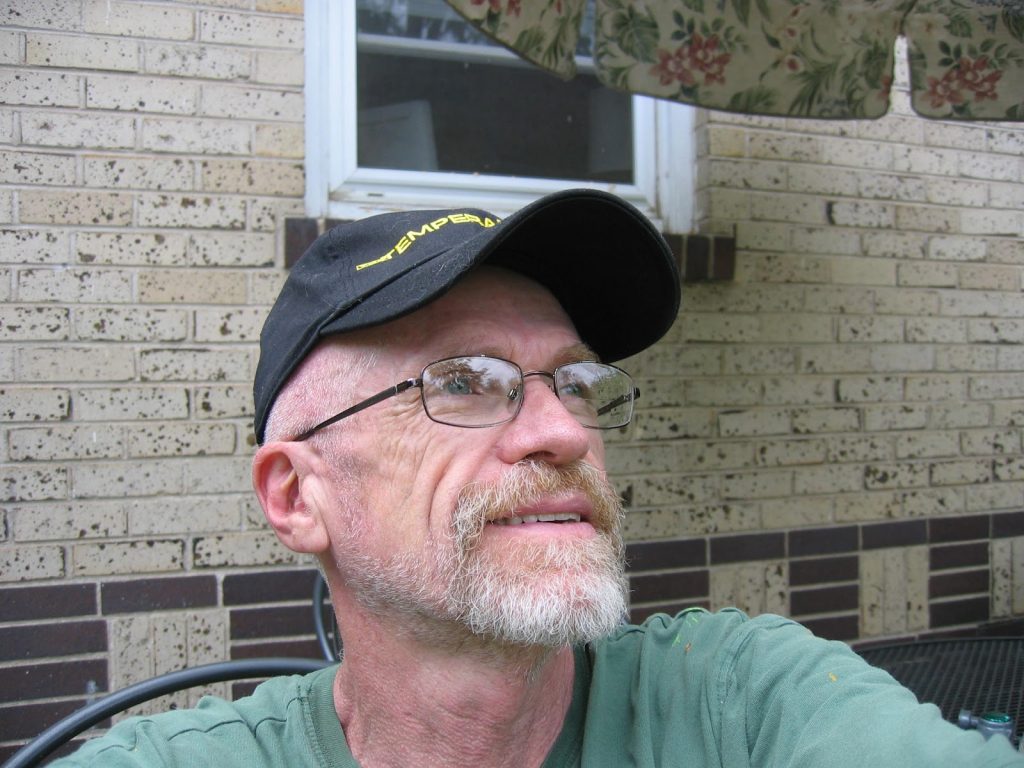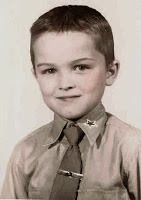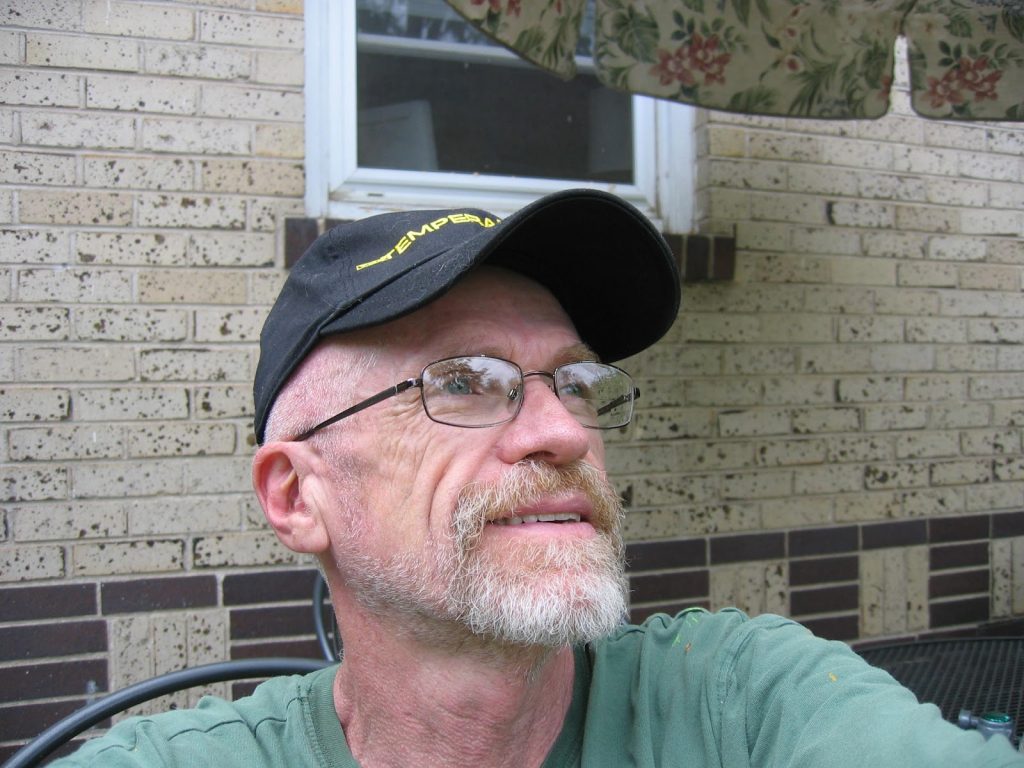Perhaps a better term would be Remaking Reality. I am sure most of us have at one time or another wished we could make changes in the actual reality we exist in or that surrounds us all. For example, changes that would allow all people to age but whose bodies would not show age or become infirm; diseases would not exist; no one would seek to harm anyone else; everyone would live peaceably; and everyone would practice good manners with common courtesy towards all. These seem to be examples of reframing or remaking reality that would be good, nice, and pleasant to have surrounding us. You could think of other changes that also would appear to be beneficial. Society could certainly gain much from such a remaking. But, what would society or more specifically, individual people lose with the changes?
At 12 years old, I remade my reality by mentality deciding that like Peter Pan, I did not want to “grow up.” To a very large degree, my subconscious made that happen mentality but could not stop the biological progression from boy to man. With some outside influences, I have lived within that reality my whole life from 12 forward. While my life’s “journey” has had great swings in stress levels and peacefulness, I have maintained a childlike personality that is able to see humor in the darkest of events and make jokes amid tragedy. I can even see the positive in negative events, sometimes even as the events are occurring.
Consequently, I can appreciate good health because I’ve experienced illness. I can appreciate the routine and proper operation of my body’s parts because I’ve experienced pain. I can appreciate and bask in love because I’ve experienced the lack of love and seen hate. I can appreciate life because I’ve seen and experienced the death of others. I can enjoy and appreciate good music because I’ve heard noise and screaming lyrics posing as music. I can enjoy family and friends because I’ve been alone. I am grateful for my finances because I’ve been poor. I appreciate my education because I’ve seen and experienced ignorance in myself and others. I can appreciate even modest food because I’ve seen starvation. I can work for peace because I’ve seen the results of war. I can be as generous as I can because I’ve seen greed destroy. I can be drug and alcohol free because I’ve grown up with alcoholics and seen the results of drug use. I can obey traffic laws because I’ve been to too many accidents where men, women, and children died. I know joy and happiness because I’ve suffered depression and sorrow. I can face life’s challenges because I’ve developed the inner strength and resourcefulness needed to overcome the challenges.
What one LOSES by remaking reality into what appears to be a happy, peaceful, bucolic existence is an appreciation of WHY such an existence IS happy, peaceful, bucolic, and desirable in the first place. The “silver lining” in the cloud of a “hard-knock-life” is, knowing exactly what happiness, joyfulness, peacefulness, goodness, and love really feel like when one encounters them. In other words, without the negatives for comparison, there can be no positives.
From a religious point of view, Adam and Eve HAD to eat that “apple” or they would not have known the difference between obedience and disobedience but would have remained in ignorance for as long as they lived. That one act introduced the negatives into Earth life and we have all been blessed as the result.
Homophobic ignoramuses don’t need to have their reality reframed or remade. All they need is an attitude adjustment by a swift kick in the pants—preferably by their fathers and a dose of castor oil from their mothers. That should do the trick. Maybe we can get the governor to arrange for “film at 11” reporting on the event.
© 18 June 2014
About the Author
I was born in June of 1948 in Los Angeles, living first in Lawndale and then in Redondo Beach. Just prior to turning 8 years old in 1956, I began living with my grandparents on their farm in Isanti County, Minnesota for two years during which time my parents divorced.
When united with my mother and stepfather two years later in 1958, I lived first at Emerald Bay and then at South Lake Tahoe, California, graduating from South Tahoe High School in 1966. After three tours of duty with the Air Force, I moved to Denver, Colorado where I lived with my wife and four children until her passing away from complications of breast cancer four days after the 9-11 terrorist attack.
I came out as a gay man in the summer of 2010. I find writing these memories to be therapeutic.
My story blog is TheTahoeBoy.Blogspot.com









